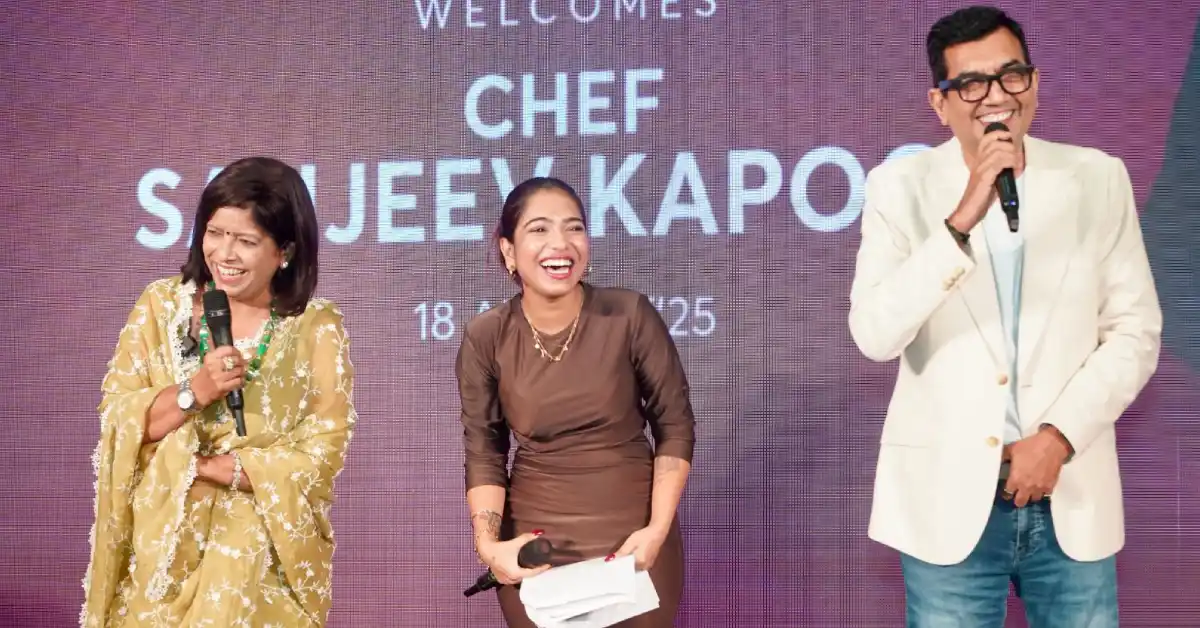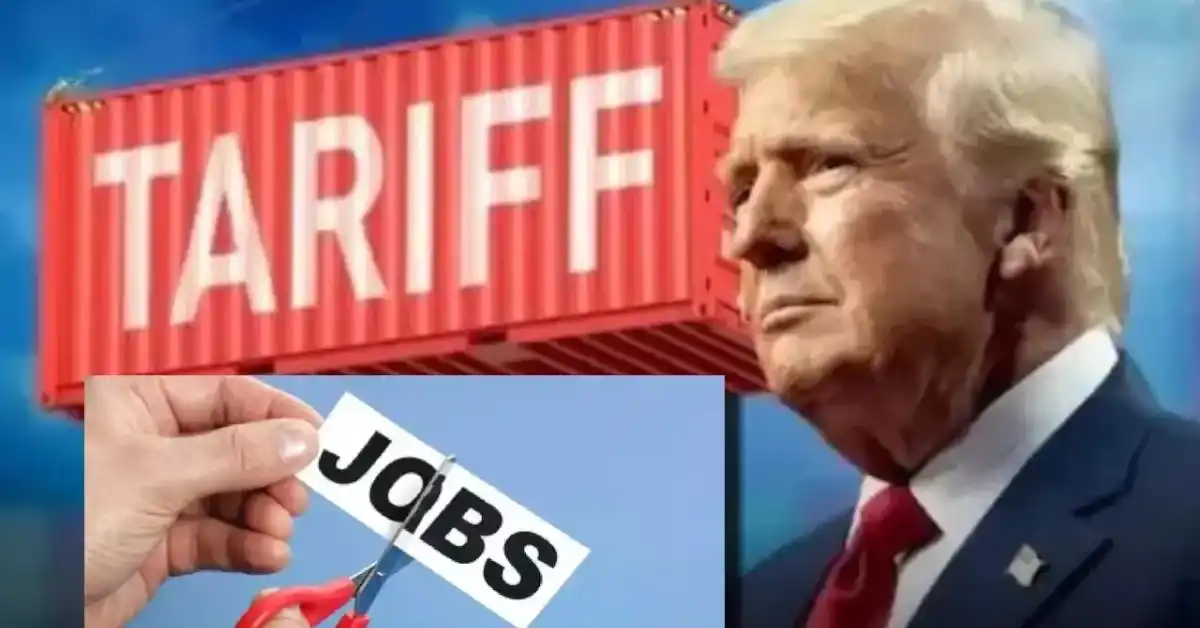As the Union Budget 2025 draws near, the real estate sector has demanded incentives along with policy reforms to boost India’s shrinking affordable housing segment. Real estate developers said that efforts such as changing the definition of the affordable housing, tax incentives for developers and Credit-Linked Subsidy Scheme (CLSS) under Pradhan Mantri Awas Yojana (PMAY) can help sustain the affordable housing segment.
Affordable housing in India is defined as homes priced under Rs 45 lakh and the segment has struggled to sustain after the Covid-19 pandemic as the demand and supply both shrunk.
According to data by real estate consultancy firm ANAROCK, from over 38 percent in 2019, the sales share of affordable housing fell to 18 percent in 2024. Similarly, in 2019 the share of the affordable housing segment in the total housing supply in the top seven cities was nearly 40 percent in 2019 but it dipped down to a mere 16 percent in 2024.
Incentives For Developers and Homebuyers
Manoj Gaur, chairman Confederation of Real Estate Developers Associations of India (CREDAI) and CMD Gaur Group, said that incentivising real estate developers in the form of income tax rebates to undertake affordable housing projects and the reintroduction of a 100 tax holiday, which was available for projects approved before March 31, 2022, are measures that can provide a fillip to affordable housing and help the country realise its mission of ‘Housing for All’.
Abhishikta Munjal, Chief Risk Officer, IIFL Home Finance said that the upcoming Union Budget 2025 provides a key opportunity to address pressing issues in the home loan and affordable housing sectors.
She said that increasing the tax deduction limit for housing loan interest under Section 24(b) from Rs 2 lakh to Rs 3 lakh–Rs 5 lakh would offer much-needed relief to middle-income homebuyers and encourage more investment in residential real estate.
Market observers also said that there is a need to reinstate the subsidy scheme for EWS (economically weaker segment) and LIG (low-income group) households, which expired in 2022. This move will incentivise first-time buyers of affordable homes.
“Additionally, boosting incentives under the Pradhan PMAY 2.0 and reviving the Credit Linked Subsidy Scheme (CLSS) would further stimulate demand in the affordable housing segment,” Munjal said.
Boman Irani, CMD, Rustomjee Group recommended extending the lower 15 percent income tax rate, currently available to manufacturing companies, to affordable housing projects so that the segment can get enough supply.
Incentivising the developers will increase their focus on affordable housing developments, thus bridging the housing gap, he said.
Revision in Affordable Housing Definition
CREDAI has also urged the central government to revisit the definition of affordable housing in India and delink the unit prices from the carpet area criteria.
Gaur added that the decline in affordable housing projects is another major concern, and one way to address this is to redefine the parameter of affordable housing to reflect the current reality.
He said that the current Rs 45 lakh limit for affordable housing is too little, given the pricing trends and variance in land cost from one town and city to another.
“Instead of focusing on price cap, the government should emphasise on carpet area, that is, 60 square metre in the metros and 90 square metres in non-metro cities,” Gaur said.
Anuj Puri, chairman, ANAROCK Group, too echoed similar views and said that the current definitions of affordable housing, based on size, price, and buyer income, needs to be revised.
“The price cap of Rs 45 lakh is unrealistic in high-cost cities like Mumbai. The cap should be raised to at least Rs 85 lakh in Mumbai and Rs 60-65 lakh in other metro cities to reflect market realities. Such revisions would enable more properties to qualify as affordable housing, granting buyers access to lower GST rates (1 percent without ITC) and other subsidies,” Puri added.






